【Togetherness】
Differences in principles and values are a given.
Therefore, if we can respect such differences, we can surely unite.
Looking forward, together.
【Originality】
If everyone could live as they are and be themselves,
the world would be a more interesting place.
Refine your identity.
【Doing Good】
What each one of us can do is small.
But if we all do what we can, we can surmount even the greatest obstacles.
For the earth, for our friends, and above all, for ourselves.
Akiko Ishigaki is a dyeing and weaving artist based out of Iriomote Island, Okinawa Prefecture. In 1980, she moved from her native Taketomi Island to Iriomote Island and established KUURU-KOUBOU with her husband, Kinsei Ishigaki (passed away in 2022.) From the cultivation of yarn materials and dye plants to dyeing and weaving, she spends painstaking time and effort on her handiwork to give shape to her fabrics. Ishigaki, who is now 85 years old, says that she is now working on the culmination of her past works and is keenly mindful of what she can pass on to the younger generation.
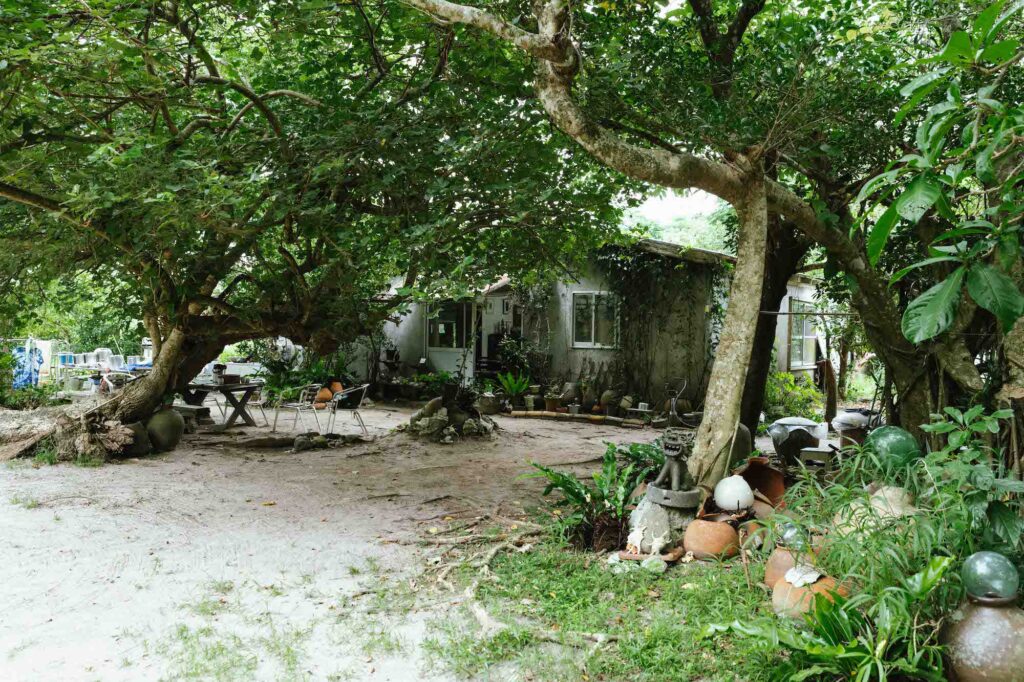
Akiko Ishigaki studied fashion at a university in Tokyo, and then studied under the Kyoto-based dyeing and weaving artist Fukumi Shimura. She then returned to Taketomi Island to work as a weaver and moved to Iriomote Island. However, Iriomote and Taketomi have different cultures, and traditional weaving had all but disappeared.
“When I came to Iriomote, I only possessed some Taketomi-style techniques and had no materials or sufficient environment at all for weaving cloth. Then, when it came to taking the first step, I had to first make up my mind. I started out with the realization that I had a blank slate.”
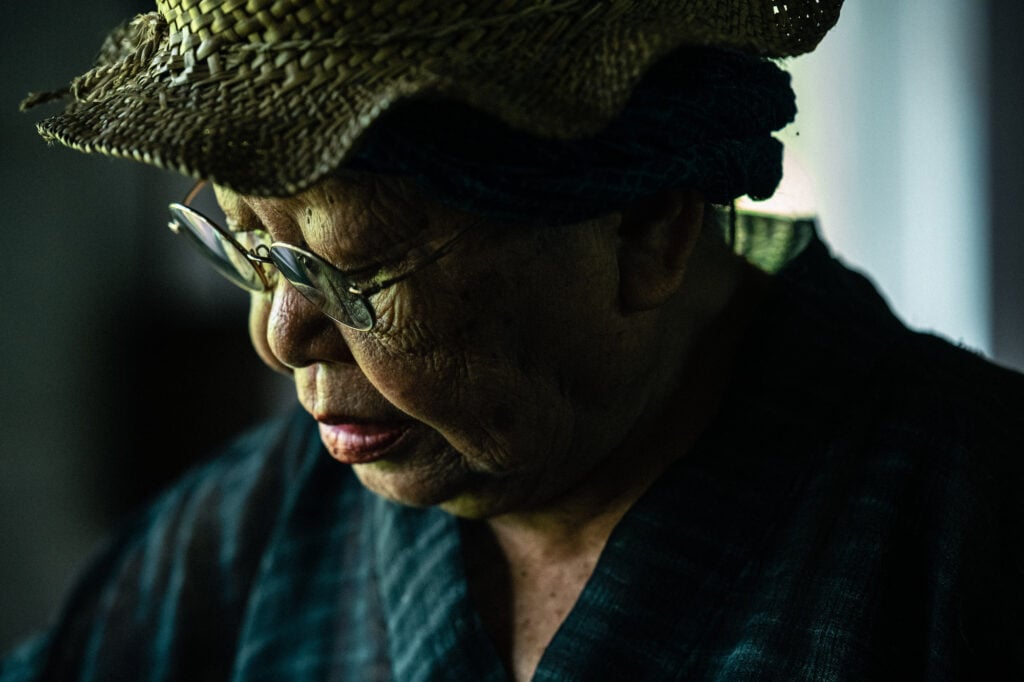
The approach of “creating with one’s own hands” from scratch became the starting point, and through repeated experimentation and discovery, she came to enjoy the joy of understanding the process of things.
“I have come to realize the essence and meaning of the ‘invisible world’ at this stage of life. I place importance not only on the visual appearance, but also on pursuing and sensing the allure of the unseen realm. For example, even a piece of cloth is formed by various factors such as the time of year, weather, land, and plants before it is completed. Therefore, I believe that the process all the way up to the time the thread is put on the machine is important, and that knowing the backstory of things is the real “work.”
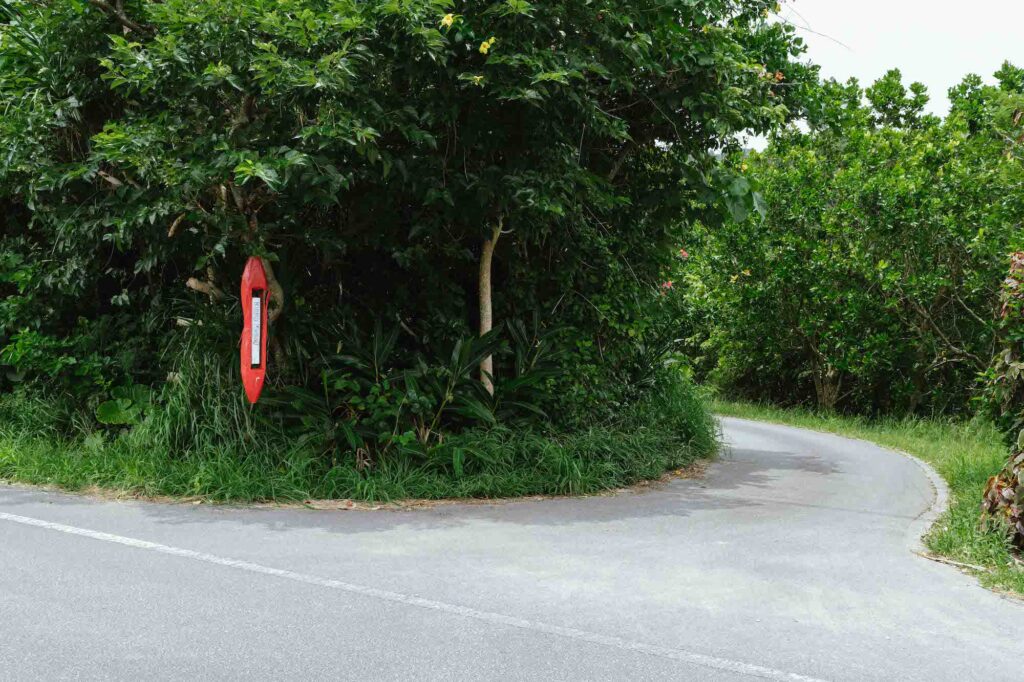
On the day of our visit, a dyeing workshop was being held. One participant asked, “Why make our own dyes when the cloth, thread, and other raw materials can all be bought with money?”
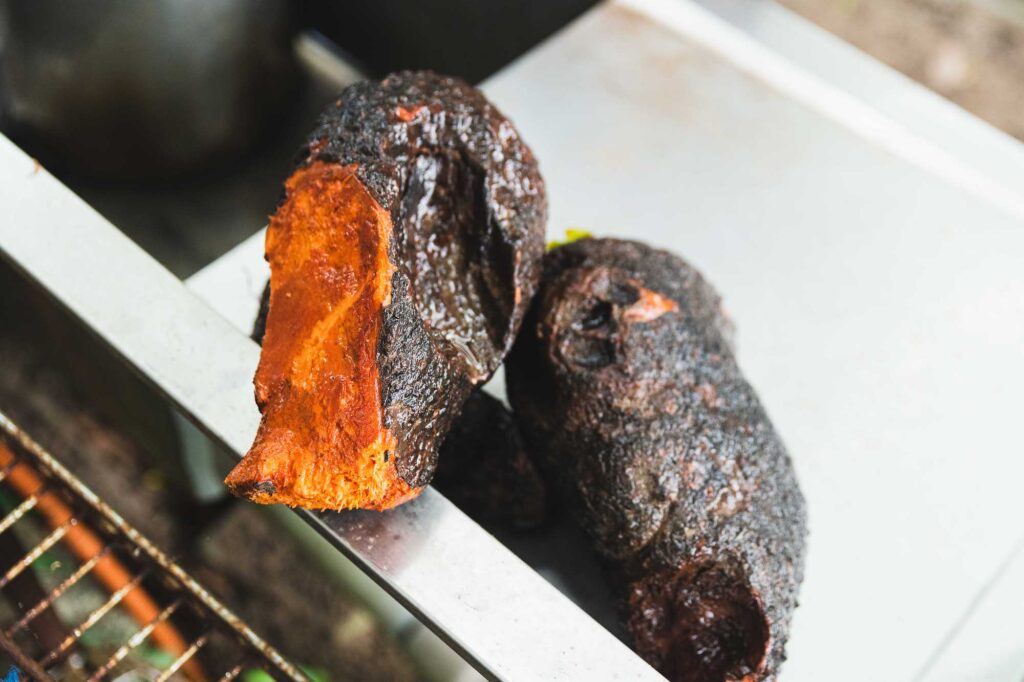
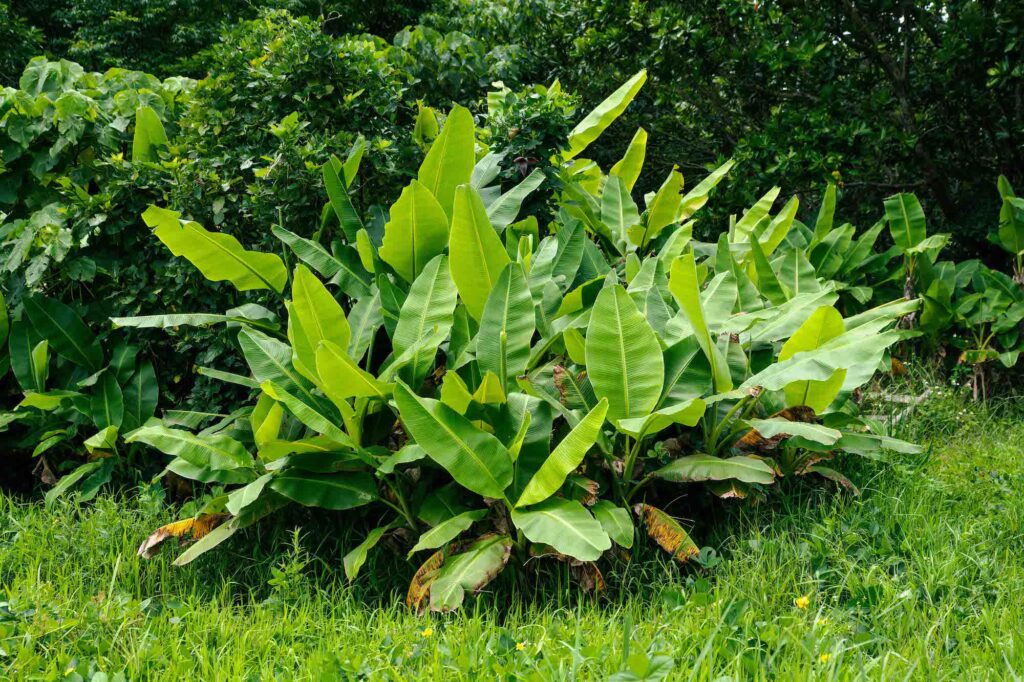
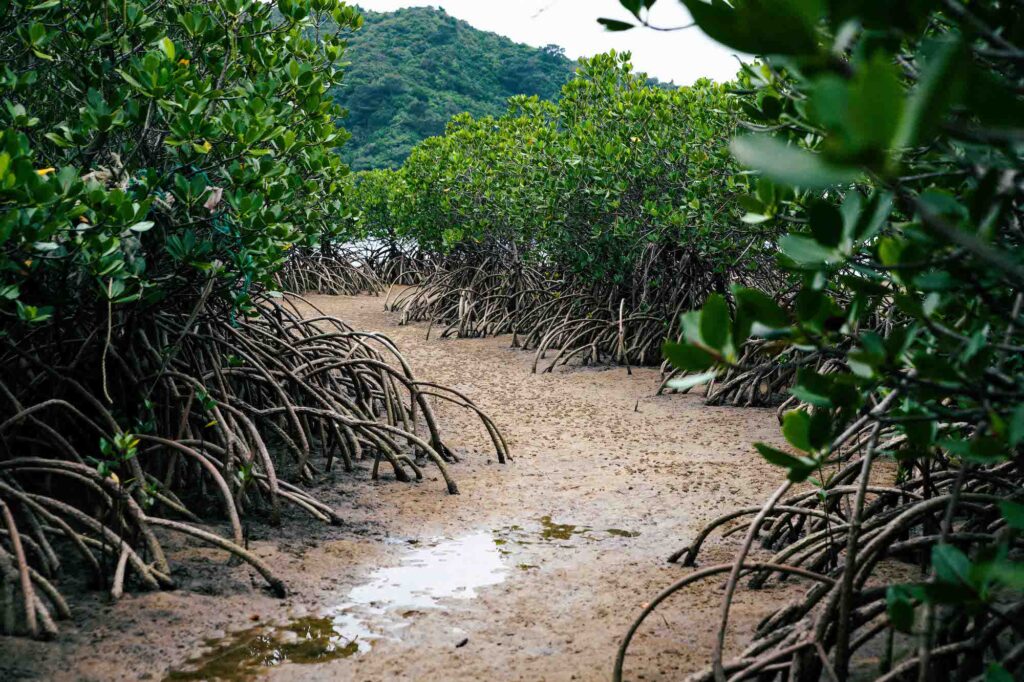
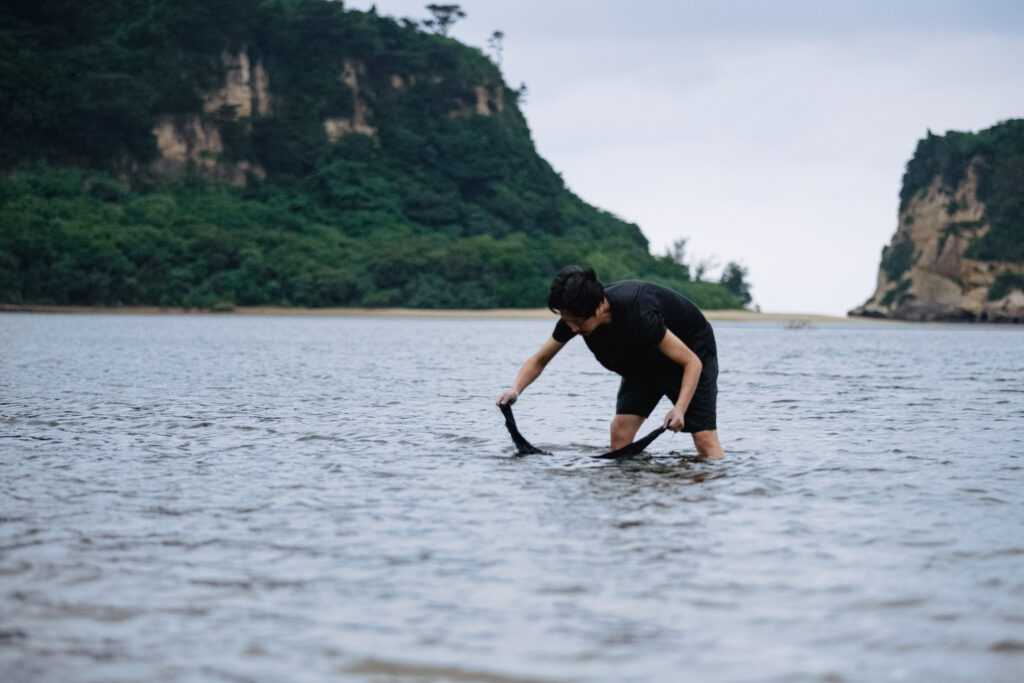
“Sure, you can get anything you want by purchasing it, but it is what you learn with your five senses that wins you over. What counts is not what is written on the Internet, but what you experience with your body. Even if it is just one piece of rice you eat, you have to prepare the fields, sow the seeds, and pull out the weeds. You discover something by taking the time to experience everything by yourself. The process of making is what makes it interesting, isn’t it?”
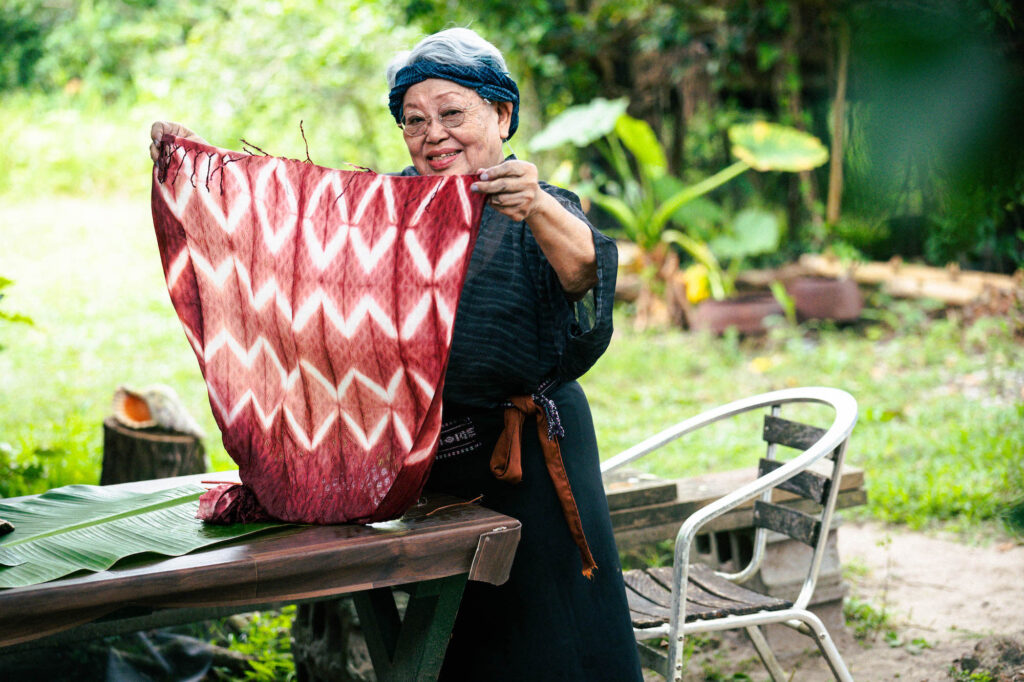
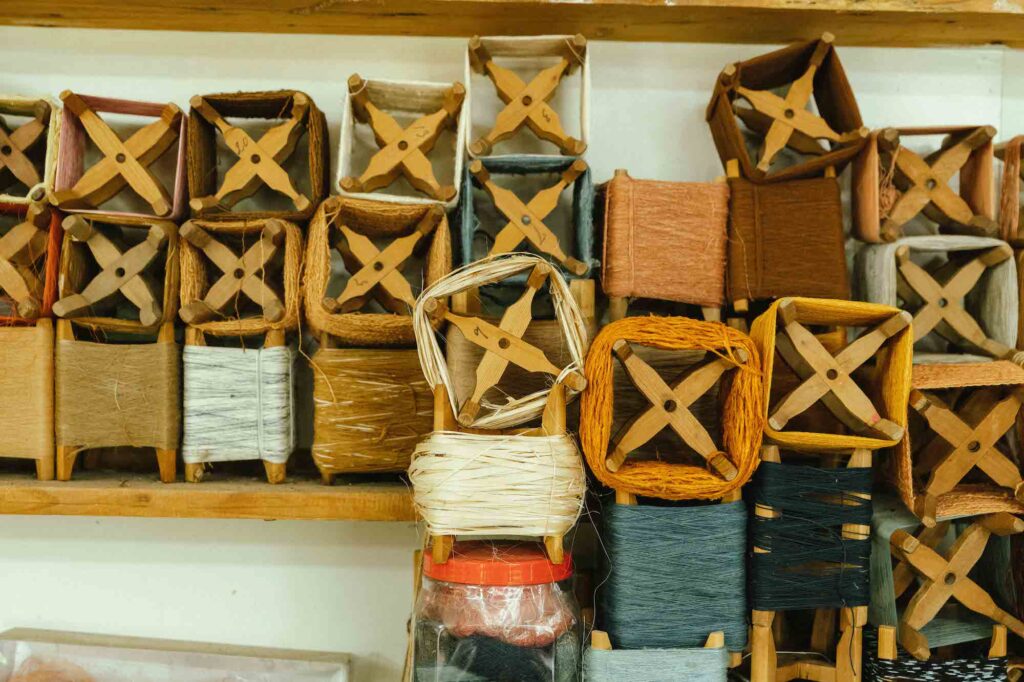
For more than 40 years, she has created from scratch an environment conducive to dyeing and weaving work, and has pursued her handiwork in a self-sufficient manner. This has ultimately led to the preservation of the natural environment.
“The feeling of attachment is completely different when you know who wove the clothes and what they were woven for. The reverse is also true. If you are very clear about who you are weaving for, you will feel differently about it. If the clothes are made by someone you know, you can’t just throw them away can you? The glut of products made for the sake of it just leads to garbage. On the island, it is customary to say ” ba-mi tor-ryo” (please share with me) to receive nature’s bounty, and it is important for the producers to make only what is needed.”
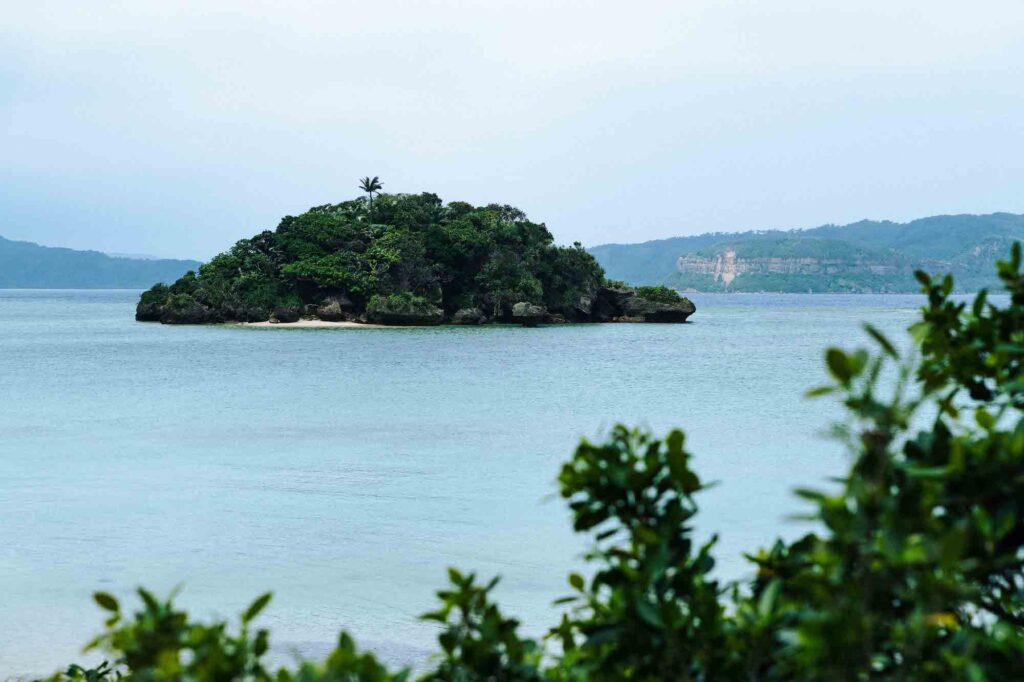
On Iriomote Island, where forests cover 90% of the land, life and work are in harmony with nature. The islanders respect nature as a god and begin their day by observing the sun and wind. In this diverse environment of nature, traditions, and events, she spoke about the values she would like to espouse to the coming generations.
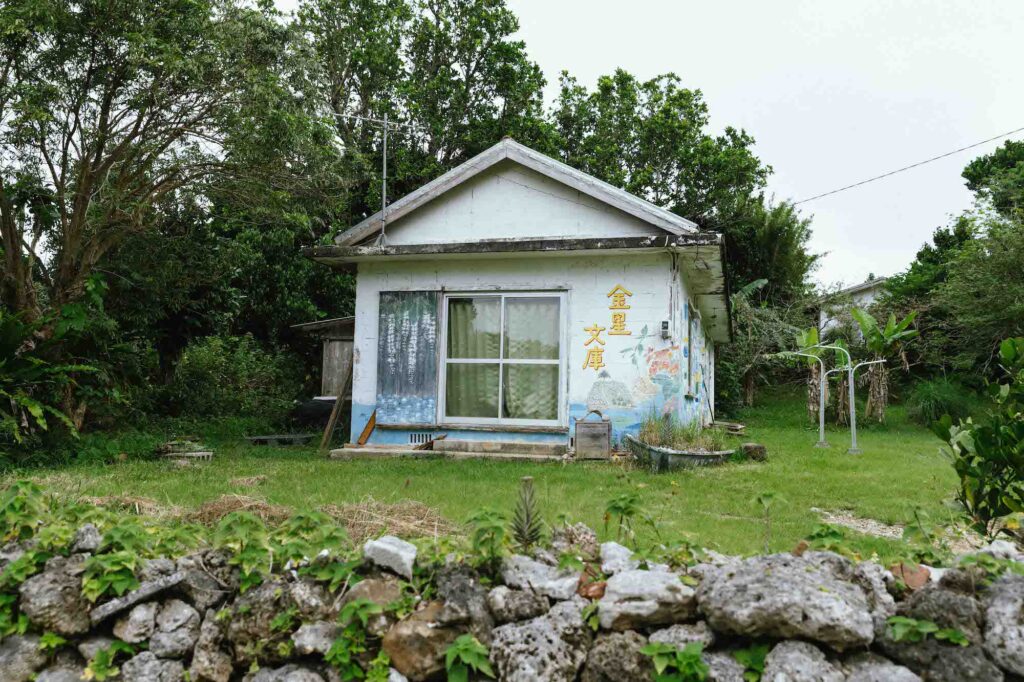
“When I returned to Taketomi after completing my apprenticeship with my master, Shimura Fukumi, she told me, ‘I couldn’t teach you anything technical, but I think I have planted the seeds for you.’ I didn’t know what it meant at the time, but now that I am the same age as my master was, I feel that she was referring to independence, spirituality, and grit. So I hope that I can sow that same intangible seed to youngsters and hope that it will sprout, grow, and blossom within each and every one of them.”
Ishigaki-san has lived in the rich natural environment of Iriomote Island where she has developed her own distinctive techniques and approach through her dyeing and weaving work. This trajectory and passion for the hand-made is already resounding with people beyond the Iriomote islanders, much like “invisible seeds.” Till those seeds blossom, today is about taking that one extra step further.
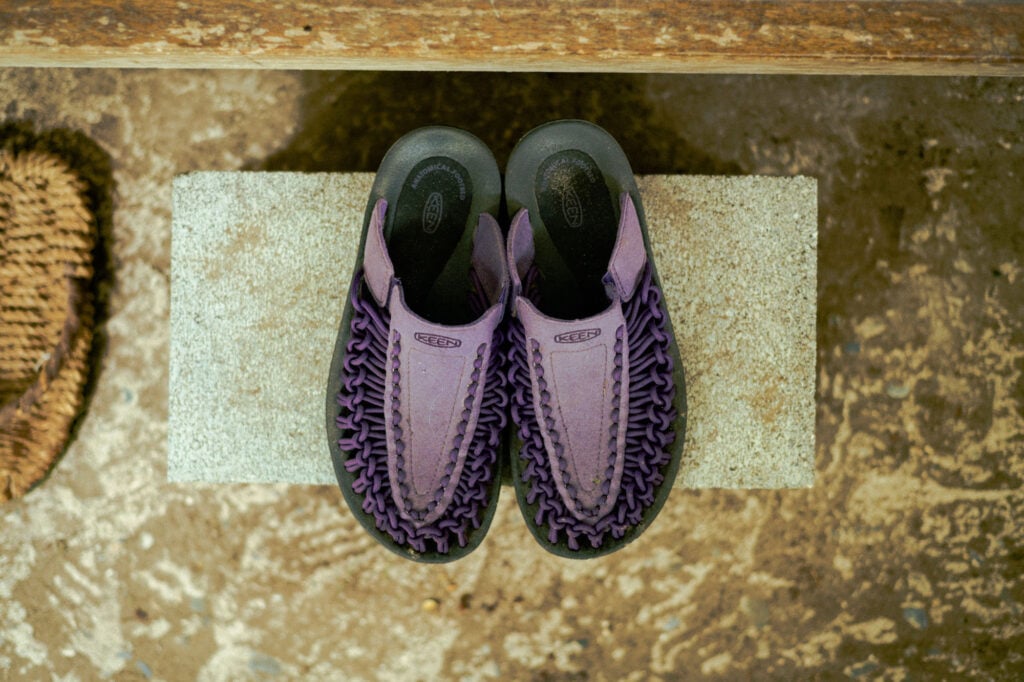
Akiko Ishigaki
Dyeing and weaving artist, born in 1938 on Taketomi Island, Okinawa. After graduating from Women’s Art Junior College of Art and Design, studied under Fukumi Shimura, and opened “Kuuru Kobo” in Iriomote Island in 1980 with Kinsei Ishigaki.












